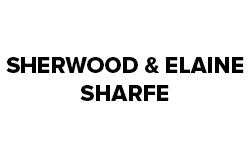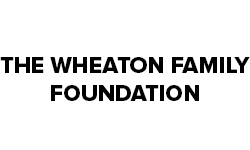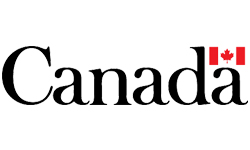
Teacher Toolkit
Thinking Routines and Discursive Strategies

Compass Points
Who is this for?
Middle Years +
Why use it?
Develops the following democratic skills and dispositions:
Express excitements, worries, needs, and stance about an issue or idea.
Collaborate to categorize and summarize peers’ thinking.
Propose specific ways to move forward with change while respecting people’s needs.
Bloom’s Level
Analyze
What is it?
This strategy allows everyone present to have input in the decision-making process about a new initiative.
Materials – 4 Direction Labels/Baskets/Posters, chart paper, markers, sticky notes
Set-Up – Small Groups
Frame the issue, event, or proposition and present it to the learners. If the proposition is new, allow for questions of clarification to ensure that learners have some sense of the topic. Place four baskets in the middle of the group, or 4 large sheets of paper, one for each compass point, on the walls. Label each basket or sheet with letters denotingthe compass points. Distribute sticky notes for participants to write ideas on.
How does it work?
- Individual Reflection & Writing: Participants have time to write answers to the compass point questions. They then place these in baskets or on posters.
- Small groups claim one of the four directions baskets or posters. They then sort ideas into themes.
- Small groups share their themed summaries with the large group while the facilitator records ideas in a chart (it works well to display on a digital projector while you type).
Closing
- Facilitator invites participants to share additional insights and questions based on the summaries.
© 2024 Concentus Citizenship Education Foundation Inc. All Rights Reserved.









